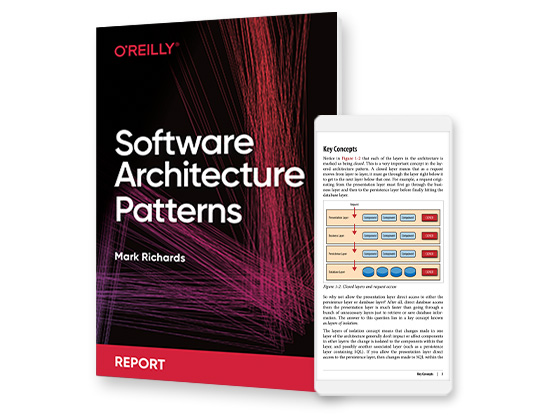Book description
How can you help your software team improve? This concise book introduces codermetrics, a clear and objective way to identify, analyze, and discuss the successes and failures of software engineers—not as part of a performance review, but as a way to make the team a more cohesive and productive unit.
Experienced team builder Jonathan Alexander explains how codermetrics helps teams understand exactly what occurred during a project, and enables each coder to focus on specific improvements. Alexander presents a variety of simple and complex codermetrics, and teaches you how to create your own.
- Learn how codermetrics changes long-held assumptions and improves team dynamics
- Get recommendations for integrating codermetrics into existing processes
- Ask the right questions to determine the type of data you need to collect
- Use metrics to measure individual coder skills and a team’s effectiveness over time
- Identify the contributions each coder makes to the team
- Analyze the response to your software and its features—and verify that you're meeting team and organizational goals
- Build better teams, using codermetrics to make personnel adjustments and additions
Publisher resources
Table of contents
- Codermetrics
- Preface
-
I. Concepts
- 1. Introduction
- 2. Measuring What Coders Do
-
3. The Right Data
- Questions That Metrics Can Help Answer
- Timeout for an Example: An MVP Season
- The Data for Metrics
- Timeout for An Example: A Tale of Two Teams
- II. Metrics
-
III. Processes
- 7. Metrics in Use
- 8. Building Software Teams
- 9. Conclusion
- A. Codermetrics Quick Reference
- B. Bibliography
- Index
- About the Author
- Colophon
- Copyright
Product information
- Title: Codermetrics
- Author(s):
- Release date: August 2011
- Publisher(s): O'Reilly Media, Inc.
- ISBN: 9781449315337
You might also like
book
リーダブルコード ―より良いコードを書くためのシンプルで実践的なテクニック
美しいコードを見ると感動する。優れたコードは見た瞬間に何をしているかが伝わってくる。そういうコードは使うのが楽しいし、自分のコードもそうあるべきだと思わせてくれる。本書の目的は、君のコードを良くすることだ。(本書「はじめに」より) コードは理解しやすくなければならない。本書はこの原則を日々のコーディングの様々な場面に当てはめる方法を紹介します。名前の付け方、コメントの書き方など表面上の改善について。コードを動かすための制御フロー、論理式、変数などループとロジックについて。またコードを再構成するための方法。さらにテストの書き方などについて、楽しいイラストと共に説明しています。日本語版ではRubyやgroongaのコミッタとしても著名な須藤功平氏による解説を収録。
article
Reinventing the Organization for GenAI and LLMs
Previous technology breakthroughs did not upend organizational structure, but generative AI and LLMs will. We now …
book
Code with the Wisdom of the Crowd
Build systems faster and more effectively with Mob Programming. Mob Programming is an approach to developing …
book
jQuery Mobile
Native apps have distinct advantages, but the future belongs to mobile web apps that function on …

